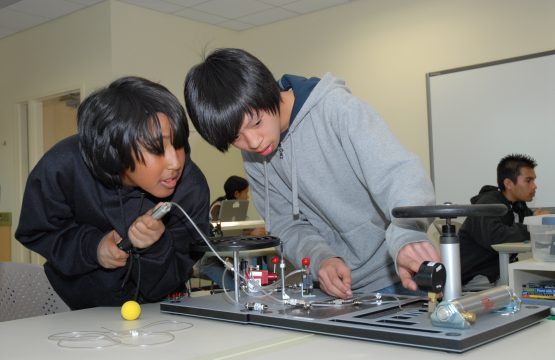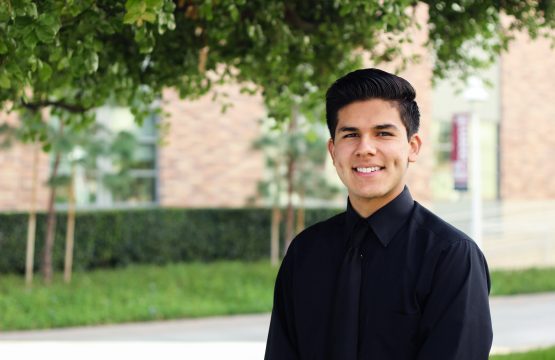Students think outside the box through Project Based Learning
Here at the Tiger Woods Learning Center, we’ve developed an extraordinary curriculum that challenges students to think outside the box through the use of Project Based Learning (PBL), a curricular model driven by carefully selected projects. PBL is designed not only to help students become masters in the content area, but also to help students develop 21st-century skills including peer discussion, collaboration, critical thinking and communication skills. Essentially, it’s 21st-century learning.
This teaching methodology values and validates student experiences and integrates them into the learning experience, which is why we continuously challenge students to ask why. Through the use of PBL, we present real-world problems that involve discussion and testing that leads to practical solutions. Everything is designed to be student centered and hands on. Our hope is that students recognize the practical applications of what they are learning and walk away with a sense of ownership over the solutions they design.
It’s clear that student engagement soars when content is relevant to them, and they get an opportunity to deal with real people and respond to a real problem. This is the beauty of PBL. Students experience freedom to express their own voice and choice on topics they are passionate about. They are encouraged to develop their own inferences, rather than being fed information. In addition, PBL provides students with the opportunity to:
- Find a direction that interests them.
- Find the best way to express and present their own ideas.
- Develop pride in their work because there is no predetermined or predictable result.
TWLC programs drive students to love learning and get excited about STEM. Here’s a good example. In our forensic science course, we present 5th grade students with the challenge of discovering the perpetrator of a mock crime scene. Over the course of a week, they participate in hands-on projects using the following tools and techniques:
- Fingerprint Analysis
- Shoe Print Analysis
- Chromatography
- DNA Electrophoresis Analysis
- Fiber & Hair Microscope Analysis
- Acids & Bases Analysis
- Handwriting Analysis
To conclude the program, students apply the skills and knowledge they’ve acquired to solve the crime scene, which reinforces learning in a way that feels natural and seamless. Students are able to explain what they have learned because they understand the content more deeply. They take responsibility for their own learning and build confidence through collaboration, creativity, communication and critical thinking.
At the end of the day, our students learn STEM principles by doing. Our goal is to make learning fun and relevant while developing the innovators, artists, collaborators and problem solvers of the future.
Champions of the unexpected for 20 years.


